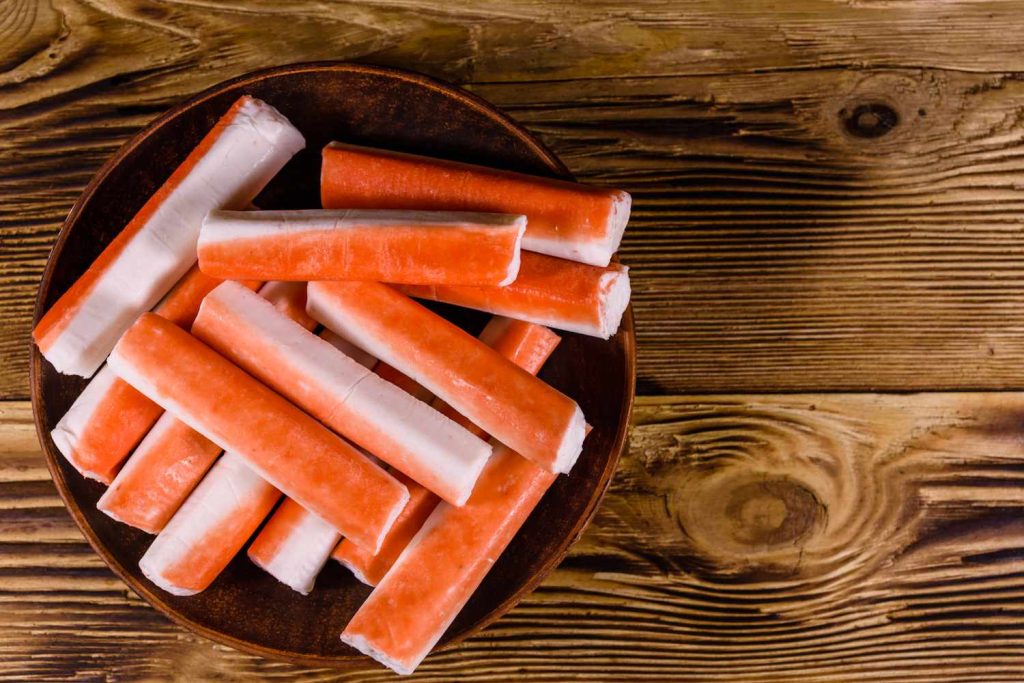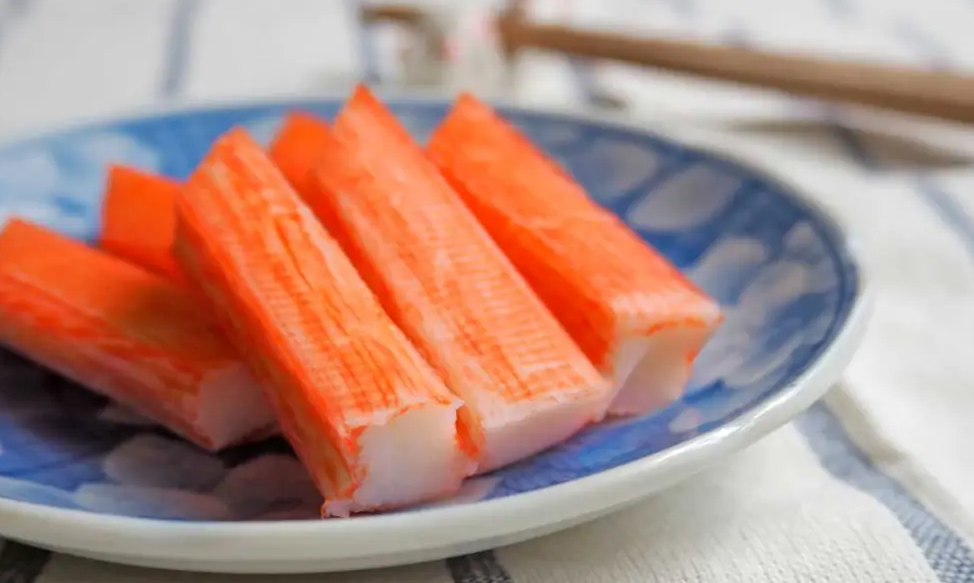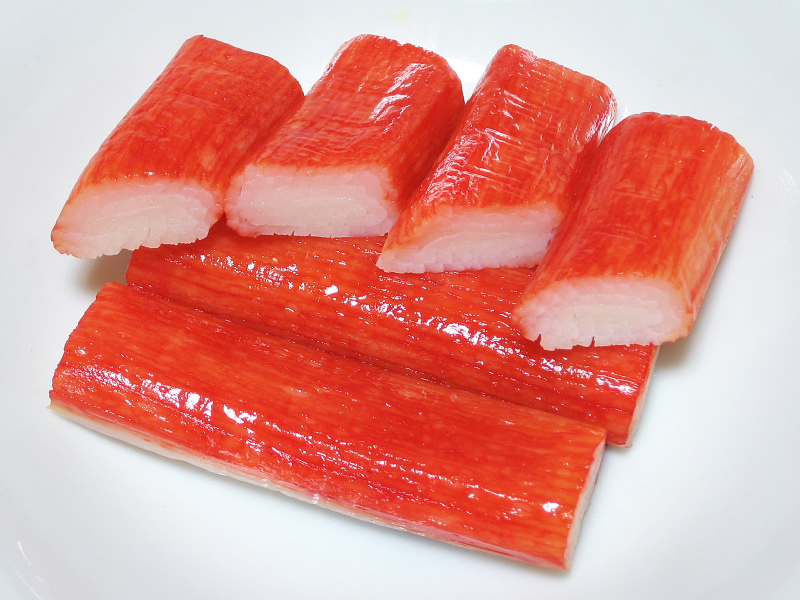Crab sticks, often encountered in various culinary settings, are a staple in dishes like sushi rolls and seafood salads. Despite their widespread use, many consumers remain unaware of their true composition. Commonly referred to as imitation crab meat, crab sticks are crafted from a blend of ingredients designed to mimic the flavor, texture, and appearance of real crab meat.
The Foundation: Surimi
At the heart of crab sticks lies surimi, a paste derived primarily from white-fleshed fish. The production of surimi involves several meticulous steps:
- Selection of Fish: Species such as Alaska pollock are commonly chosen for their mild flavor and abundant availability.
- Processing: The fish undergoes deboning and thorough washing to eliminate fat and impurities.
- Mincing: The cleaned fish is finely minced into a consistent paste.
- Refinement: This paste is then blended with other components to achieve the desired consistency and taste.

The resulting surimi serves as the primary ingredient in imitation crab products.
Additional Ingredients
To enhance the surimi base and replicate the sensory qualities of real crab meat, manufacturers incorporate various ingredients:
- Water: Added to achieve the appropriate texture and to manage production costs.
- Starches: Derived from sources like potato, wheat, corn, or tapioca, starches help firm the mixture and improve its freeze-thaw stability.
- Proteins: Egg white protein is frequently used to bolster the protein content and improve the texture and glossiness of the final product.
- Sugars and Sugar Alcohols: Compounds such as sugar and sorbitol are included to enhance flavor and maintain moisture.
- Vegetable Oils: Oils like sunflower or soybean oil contribute to a smoother texture and extended shelf life.
- Salt: Beyond flavor enhancement, salt aids in forming a stable gel-like structure in the surimi.
These components work in concert to create a product that closely resembles real crab meat in both taste and mouthfeel.
Flavoring and Coloring Agents
To further simulate the appearance and flavor of crab meat, additional substances are employed:
- Flavor Enhancers: Natural or artificial crab flavorings, including crab extracts or monosodium glutamate (MSG), are used to replicate the distinct taste of crab.
- Colorants: Coloring agents such as carmine, paprika, or beet juice extract are applied to the exterior of the sticks to mimic the reddish hue of cooked crab legs.

These additives play a crucial role in making imitation crab visually appealing and palatable to consumers.
Manufacturing Process
The production of crab sticks involves several key stages:
- Mixing: Surimi is combined with the aforementioned ingredients to form a uniform mixture.
- Shaping: The mixture is extruded or molded into stick-like forms that resemble crab leg meat.
- Cooking: The shaped pieces are cooked to set their structure and texture.
- Packaging: The finished crab sticks are vacuum-sealed and pasteurized to ensure safety and extend shelf life.
This process results in a convenient, ready-to-eat product that can be utilized in various culinary applications.
Nutritional Profile and Considerations
While imitation crab offers affordability and ease of use, it is important to recognize its nutritional distinctions compared to real crab meat:
- Protein Content: Imitation crab generally contains less protein than genuine crab meat.
- Additives: The inclusion of various additives, such as flavor enhancers and colorants, may be a concern for individuals seeking to minimize processed ingredients in their diet.
- Allergens: Ingredients like wheat and egg whites present in imitation crab can pose allergen risks for sensitive individuals.

Consumers should be mindful of these factors when incorporating imitation crab into their meals.
Culinary Applications
Crab sticks are versatile and feature in a variety of dishes:
- Sushi: Commonly used in rolls such as the California roll.
- Salads: Added to seafood salads for flavor and texture.
- Snacks: Consumed on their own as a convenient snack option.
Their ready-to-eat nature makes them a popular choice in both home kitchens and food service establishments.
Conclusion
Crab sticks, or imitation crab meat, are a product of innovative food processing techniques aimed at replicating the desirable qualities of real crab meat in a cost-effective manner. Understanding their composition and production process allows consumers to make informed dietary choices, balancing convenience and nutritional considerations.

















